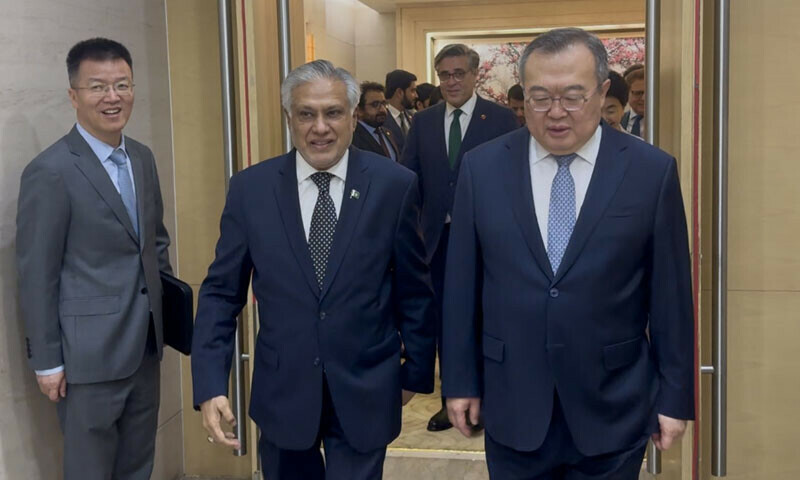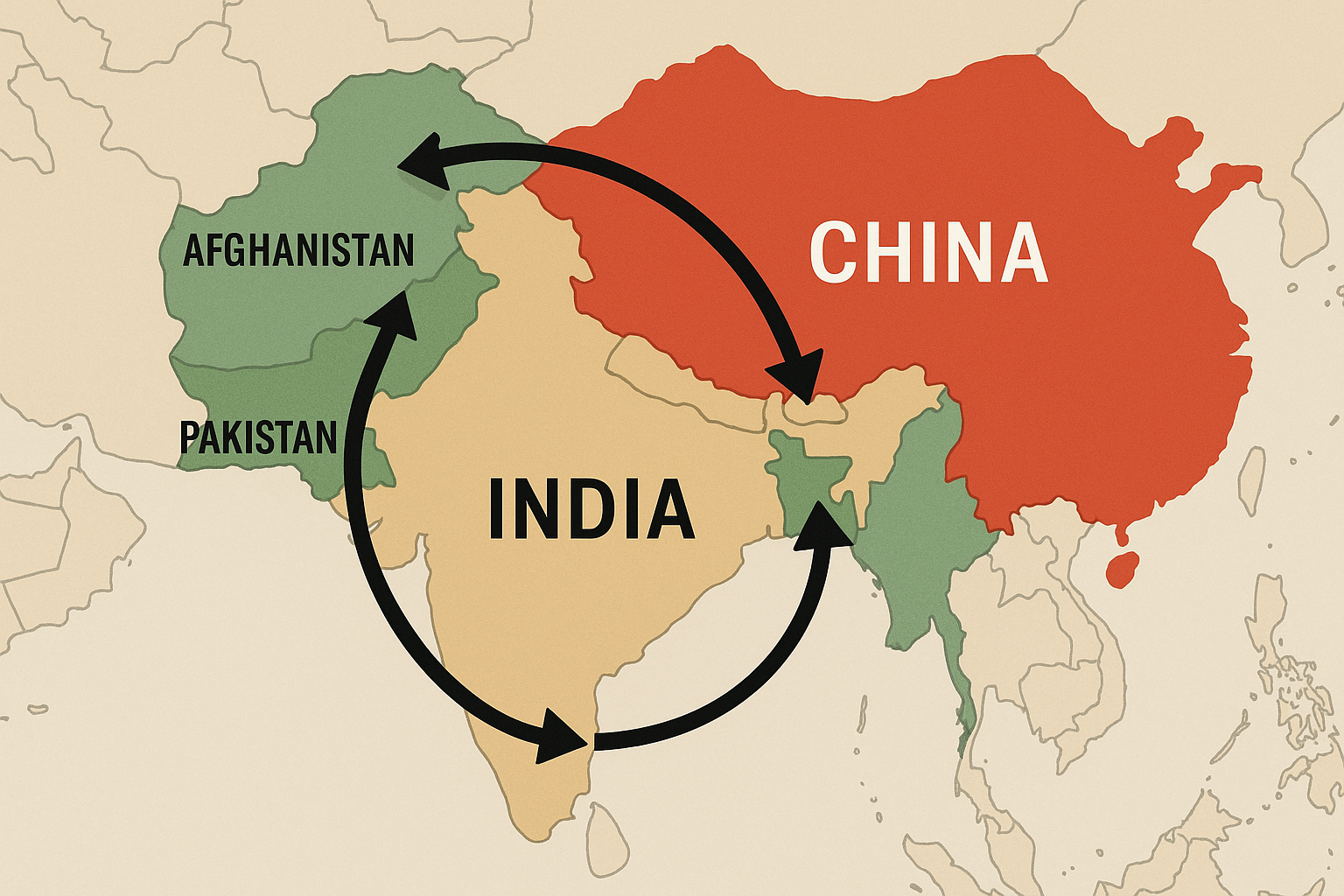As Beijing hosts a high-level trilateral meeting with Pakistan and the Taliban regime between May 19 and 22, the geopolitical calculus of South Asia appears to be entering a new phase—one not necessarily marked by open confrontation, but by subtle realignment and strategic depth.
At the heart of this diplomatic choreography lies China’s ambition to forge a security-economic triangle with two uneasy neighbours of India—Pakistan and Afghanistan, analysts say.
The meeting comes in the wake of a brief but intense India-Pakistan skirmish, which further frayed already brittle ties between New Delhi and Beijing. Reports of India losing one or more Rafale jets during that encounter—reportedly aided by Chinese electronic warfare support to Pakistan—have only deepened New Delhi’s suspicion of China’s strategic intentions.
Yet Beijing insists the trilateral is not anti-India.
Foreign Ministry spokesperson Mao Ning was at pains to emphasise China’s equidistance from both India and Pakistan, reiterating support for dialogue and restraint. But symbolism matters—and the optics of a Taliban foreign minister being welcomed to Beijing, alongside Islamabad’s top diplomat, does little to ease anxieties in New Delhi.
Beyond the diplomatic niceties lies a deeper strategic play, the analysts said.
For China, Afghanistan under the Taliban is less a pariah state than an untapped frontier. The Belt and Road Initiative (BRI) already threads through neighbouring Pakistan and Central Asia. A stable—and pliant—Afghanistan offers both mineral wealth and geographic access, especially via the sparsely populated Wakhan Corridor.
Despite formidable terrain, Chinese planners are already envisioning roads and railways that would link Xinjiang to Tehran through Kabul. The payoff? Securing western China, exporting industrial overcapacity, and encircling India without firing a shot.
Economic incentives also matter.
China-Afghan trade is rising—up nearly 19% in March 2025 alone—with Kabul enjoying full duty-free access to Chinese markets. China is importing Afghan carpets and nuts, while exporting synthetic fabrics and heavy machinery. Yet the economic ties are not an end in themselves. They are tools in a broader statecraft that uses commerce to build leverage and lock in loyalty.
China’s engagement with the Taliban is not ideological—it’s transactional, according to analysts.
Beijing was the first to send and receive ambassadors, even without formal recognition of the Taliban regime. The message is clear: if the Taliban can deliver on Beijing’s two demands—securing Chinese nationals and denying Uyghur separatists a haven—recognition is likely a matter of time.

Meanwhile, India finds itself boxed in.
Its conflict with Pakistan, fraught relationship with Bangladesh, and troubled border with China have left it strategically overextended. While the West is distracted—Washington disengaged from Afghanistan and Moscow preoccupied with Ukraine—Beijing is steadily filling the vacuum. The region’s power centre is shifting westward, not toward Washington, but toward a new Eurasian axis led by Beijing and sustained by regional proxies.
The trilateral summit in Beijing is less about rhetoric than architecture: a blueprint for a China-centric South Asian order, where power flows not through multilateralism but through bilateral dependencies—and where Beijing, not Washington or Delhi, is the ultimate arbiter of peace, pipelines, and political survival.
In the long game of influence, China is betting that roads, railways, and rare earths will do what armies and alliances have failed to: remake South Asia in its image—quietly, and irreversibly, analysts said.


